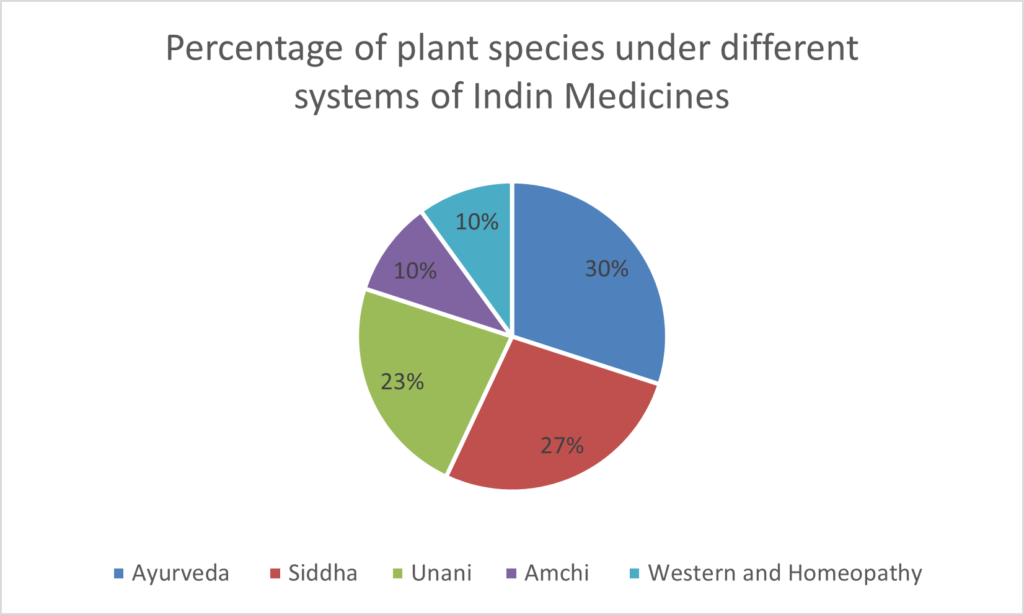
It is evident from the COVID-19 breakout that medicinal plants have a major role to play in people’s minds when it comes to the treatment of diseases that could cause fatal impairments. Are we moving back in years concerning the treatment of ailments? Nevertheless, consumers in India have started thinking the other way around instead of drugs and pharmaceutical products. These “why not?” questions in consumers’ minds have paved a way for medicinal plants to grow in the Indian healthcare market.
The case with the Aromatic plants is that almost all consumers are utilizing the product without their knowledge. Also, in India, it has been in use since the advent of civilization. There has always been a demand for aromatic plants in the market, and it has raised drastically in recent days.
Analyzing the Market Demand
The first and foremost step in planning the export of medicinal and aromatic plants would be, understanding the demand in the market. There are 1500 identified aromatic plant species in India. Recent findings suggest that US pharma companies use 25% of plants in manufacturing drugs. A study by WHO brought light to the data that 80% of the world’s population looks for a herbal cure for primary treatments of basic diseases. There persists a higher demand for aromatic plants in the fragrance and flavor industries. Statistics show that there are several thousand varieties of plants that are being utilized in manufacturing perfumes and all other fragrance-related industries. Almost 17% of this market is covered by essential oils used for fragrance. Valued at 400 crores, India has set a margin of producing 5000 tonnes of these plants in a year.
Indigenous Production and it’s perks in market
Indian market expects the farmers to meet its demands concerning medicinal and aromatic plants as the processing requires some time to reach the desired output. It is estimated that there will be a massive jump of 14.88% CAGR in this market by 2050. Medicinal plants are also being used to produce allopathy medicines. The biggest risk faced by the farmers is the preservation of these plants before they reach the processing facility. Turmeric is used for both medicinal as well as aromatic purposes, but water logging is the biggest concern for its cultivation. Such cases are common in all medicinal and aromatic plants. Recently many schemes were introduced by the government of India that allows MSMEs to utilize these resources and develop a business out of them as the demand is high concerning these plants in the Indian market. An increase in beauty products is enabling the usage of aromatic products.


Future of Medicinal and Aromatic Plants
Comparatively, aromatic & medicinal plant cultivation would eventually result in an improvement in the livelihoods of the farmers as the income received through the cultivation of these plants is higher. Farmers who experienced these changes gained excellent knowledge of these crops and started cultivating them vastly. For easier access to markets, the Pharma companies are getting in touch with the farmers directly, thereby avoiding the middleman.
Exports of these plants would result in a high-value business for consumers and manufacturers. As long as the food habits of consumers change, there will be a demand for medicinal products. These plants have the potential to be on the list of most sought products in the market as they reduce the side effects of consuming medicines and increase the health of the consumers drastically. Beauty and healthcare products rely on aromatic plants to produce the fragrance and the attraction towards the product for the consumer. These distinct factors are crucial in deciding the export potential of these plants.





Informative content..!!